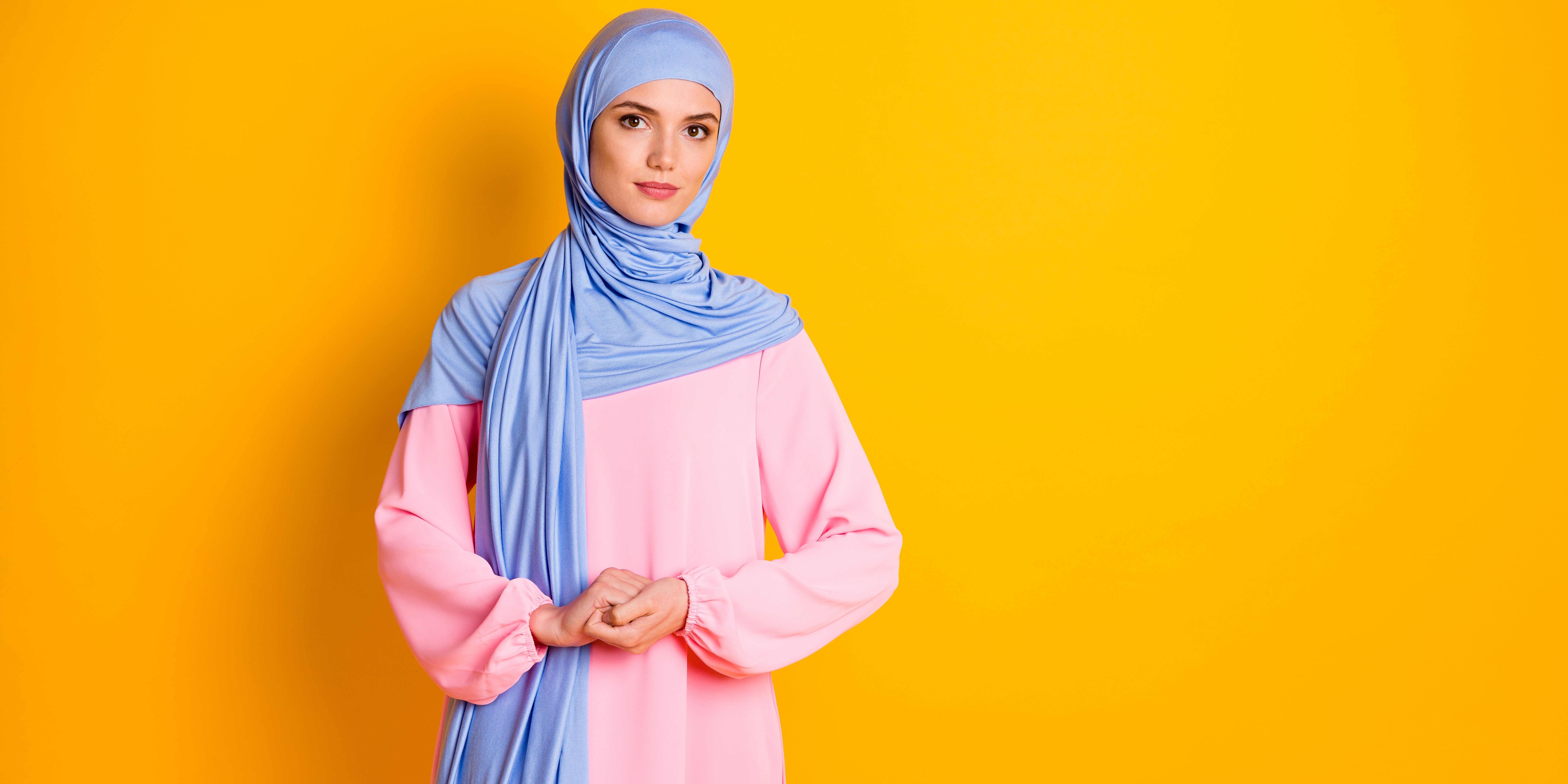Modest fashion gains ground in Western academia
Although it's been around for a long time, modest fashion has gained traction recently. What was once a niche style has become a booming fashion category as Western academics have started paying attention. According to a 2025 study, the demand for modest clothing has continued to grow despite the disruptions caused by the pandemic. Still, it's not yet a mainstream topic in academia. One article noted that only a few scholars have examined the new wave of modest-fashion entrepreneurs closely. That said, interest is growing, with more research papers, conferences, and even some degree programs starting to focus on the subject.
While Western universities have only recently warmed to modest fashion as a research topic, several peer-reviewed publications mark its emergence. For example, a 2024 study in the Journal of Innovation and Entrepreneurship profiles Muslim-American women who launched modest-fashion brands, highlighting how the global modest market grew rapidly in the 2010s and yet remained underserved by academia. Likewise, a 2025 Journal of Islamic Marketing paper analyzed big data on e-commerce modest clothing sales and found a resilient, price-sensitive consumer base with enduring demand for modest styles. Such studies demonstrate that mainstream academic journals are beginning to cover modest fashion as a legitimate business and consumer research topic.
Similarly, top researchers in the field have also produced important groundwork. This includes professor Reina Lewis from the London College of Fashion, who authored two influential books on Muslim fashion and modesty, "Muslim fashion: Contemporary style cultures" and "Modest fashion: Styling bodies, mediating faith."
Interest in modest fashion in the West has been growing for a long time. Even as far back as 2011, an LCF-hosted symposium titled "Mediating modesty" brought together researchers from Europe and the US to discuss faith-based fashion and online modest-dressing practices. That trend continues to grow, as recently, the University of Copenhagen's Centre for Modern European Studies ran a 2022 workshop on "Modest fashion: An expression of contemporary Muslim women's lifestyles," noting how Islamic modest dress has shifted from niche to "large-scale global industry" and serves as an identity expression.
Dedicated courses on modest fashion are still rare, but a few institutions are beginning to weave the subject into mainstream fashion studies. One example is Toronto Metropolitan University (formerly Ryerson University) in Canada. The university's Centre for Fashion Diversity and Social Change hosted a master's research project titled "Women undercover," led by Romana Mirza. The project explored the intersectional identities of Muslim women through ethnographic wardrobe interviews and digital storytelling. It featured public lectures such as "Modest fashion – Tradition, innovation, subversion," showing how a public fashion school can meaningfully integrate modest fashion into research and student learning.
And while most fashion schools don't yet offer full programs dedicated to modest wear, many are beginning to engage with the topic through faculty research and special courses. For instance, the London College of Fashion (UAL) has modesty as part of its research agenda. Its AHRC-funded project "Modest fashion in UK women's working life" (in collaboration with Coventry University) explores how religious dress codes impact women in the workplace. Elsewhere, Johns Hopkins University's Life Design Lab has offered a student-led course on modest fashion marketing. At Parsons School of Design in New York and Paris, students have explored modesty within broader studies of identity and inclusivity.
Together, these efforts reflect growing academic interest in modest fashion, not only in faith-based institutions but also across leading Western universities. Parallel to Western scholarship, researchers in Muslim-majority countries are also advancing the field, especially in textile innovation. Indonesia and Middle Eastern countries have become hotbeds for modest-fashion R&D, often with government or industry support. For example, Indonesian companies have pioneered halal-certified textiles specifically for modest clothing. In 2021, PT MilangKori Persada's "KainHalal" brand became the world's first halal-certified textile manufacturer. They produced fabrics that meet Islamic standards by tracing supply chains and using a specialty cupro (Bemberg) fiber. These textiles are breathable, wrinkle-resistant, and quick-drying, ideal for hijabs and pilgrimage garments.
In the Middle East, academic institutions and industry labs drive innovation in sustainable textiles for modest wear. In Saudi Arabia, the Sustainable Materials Research Center, part of the KAUST initiative, is actively developing eco-friendly fabrics tailored for garments like abayas and thobes. This effort is part of a broader regional push toward circular fashion and environmentally conscious materials in traditional clothing.
As part of Vision 2030, Saudi designers increasingly use recycled plastics and natural dyes, while moving away from harmful chemicals in textile production. These developments show how advanced textile science reimagines modest garments, blending modern sustainability goals with cultural traditions.
While these are giant strides in and of themselves, the next critical leap lies in focused research and development for the modest fashion industry to truly thrive, especially across OIC markets. What's needed now is deeper investment in designing products that genuinely reflect modest consumers' needs, values, and preferences. That innovation must come from those who intimately understand the lifestyle, not just from trend-driven adaptations of mainstream fashion. As global interest grows, the opportunity for OIC players is clear: to lead with authenticity, insight, and technical excellence in shaping the future of modest fashion.

Aaliya Mia